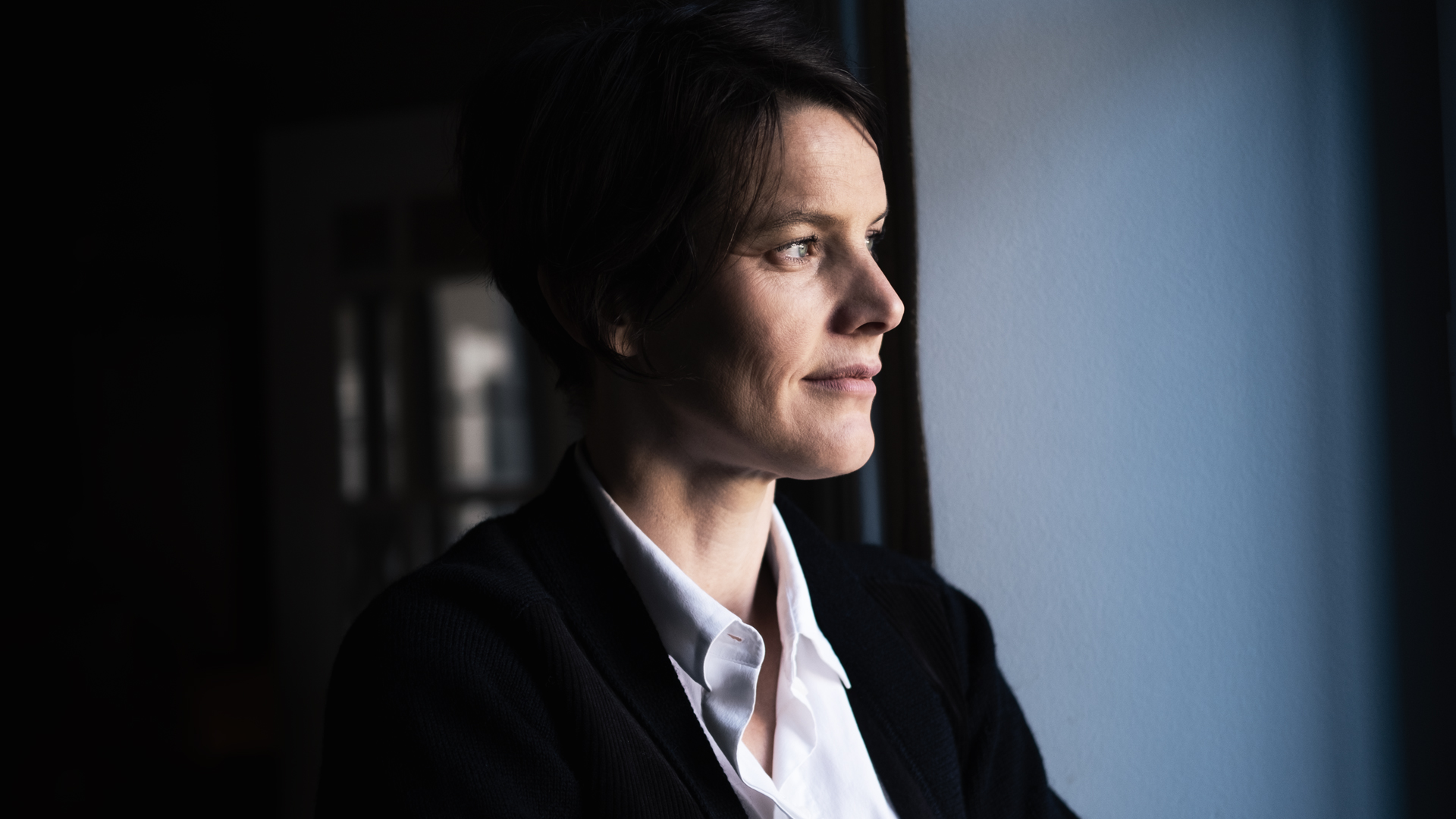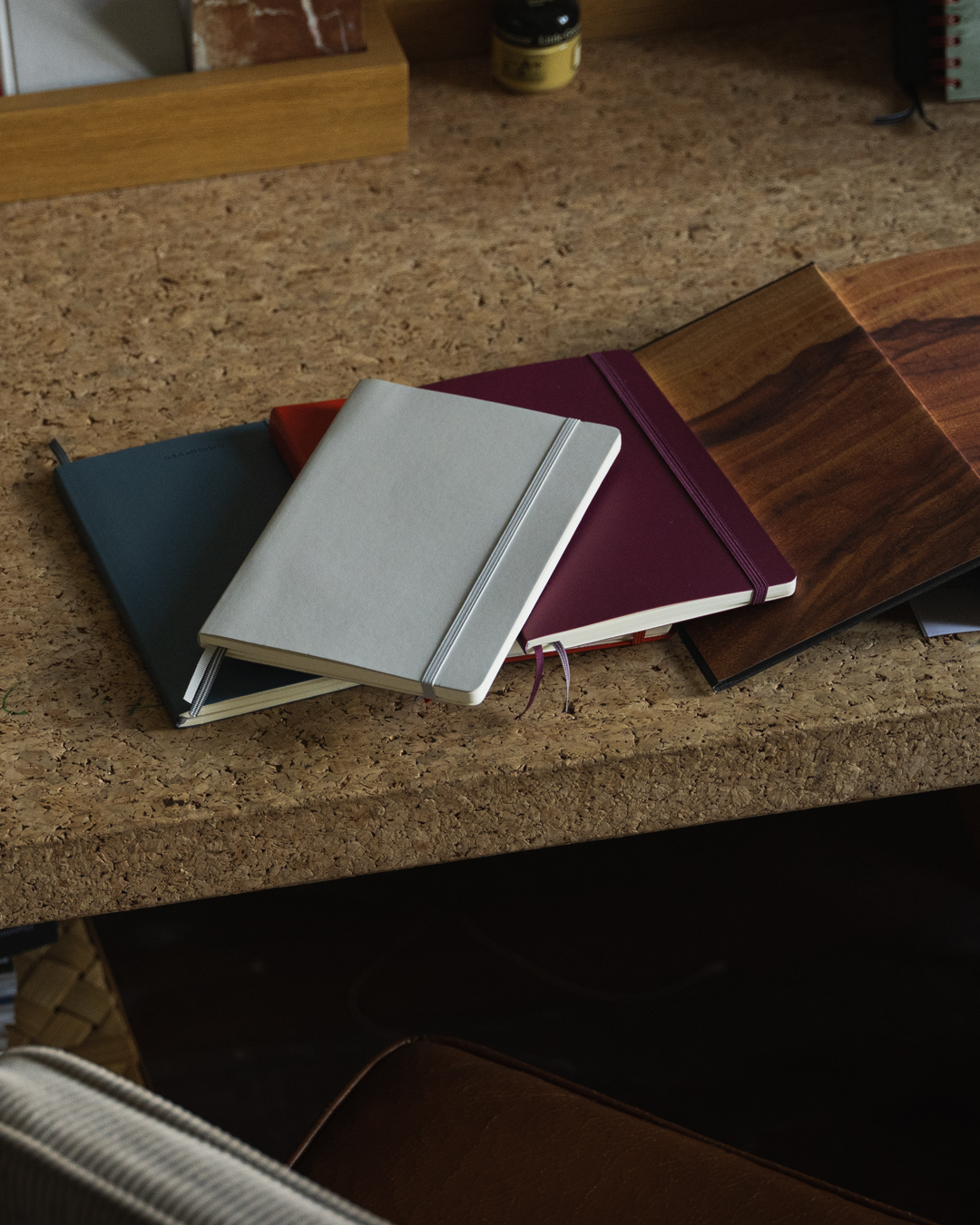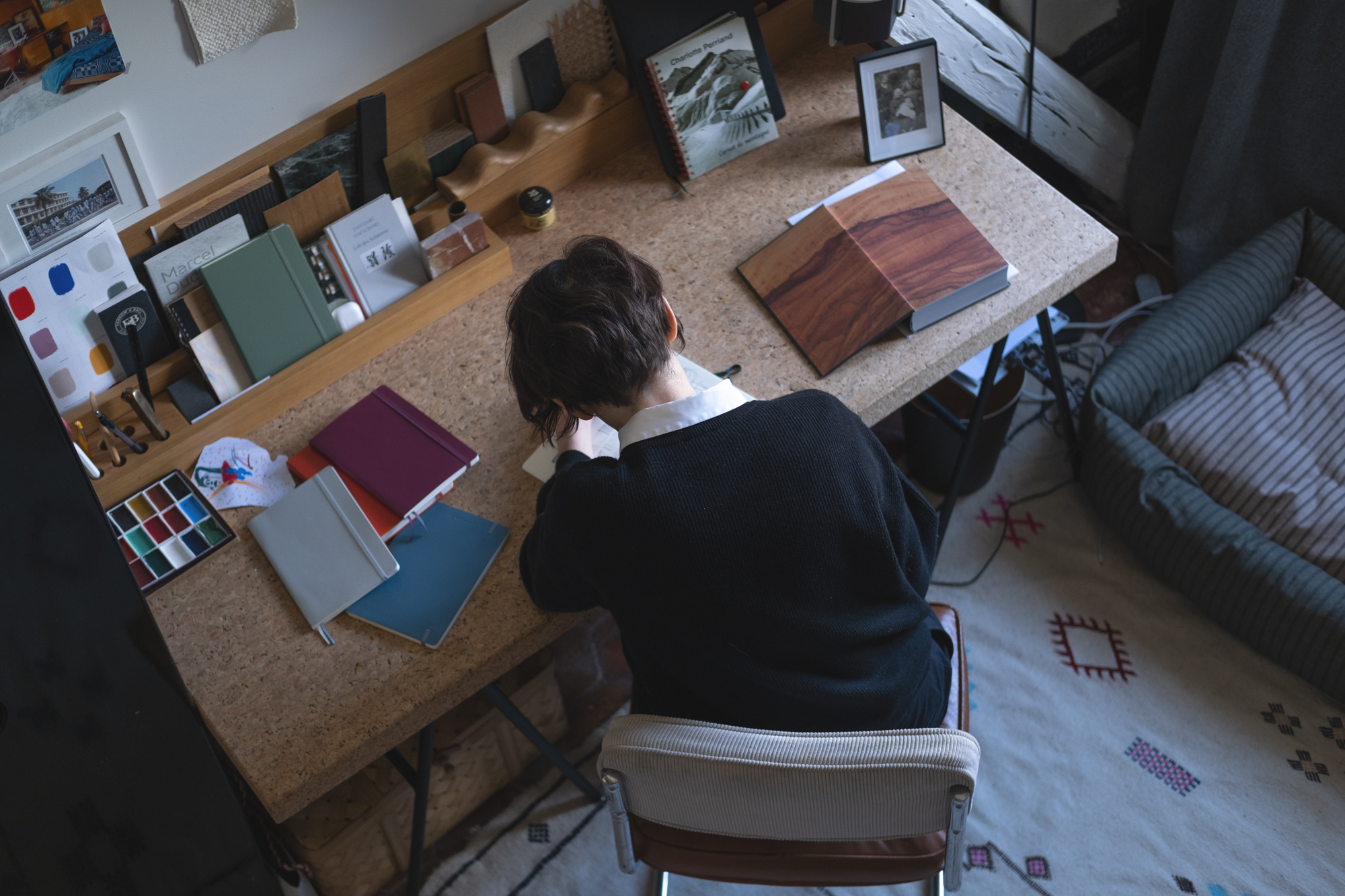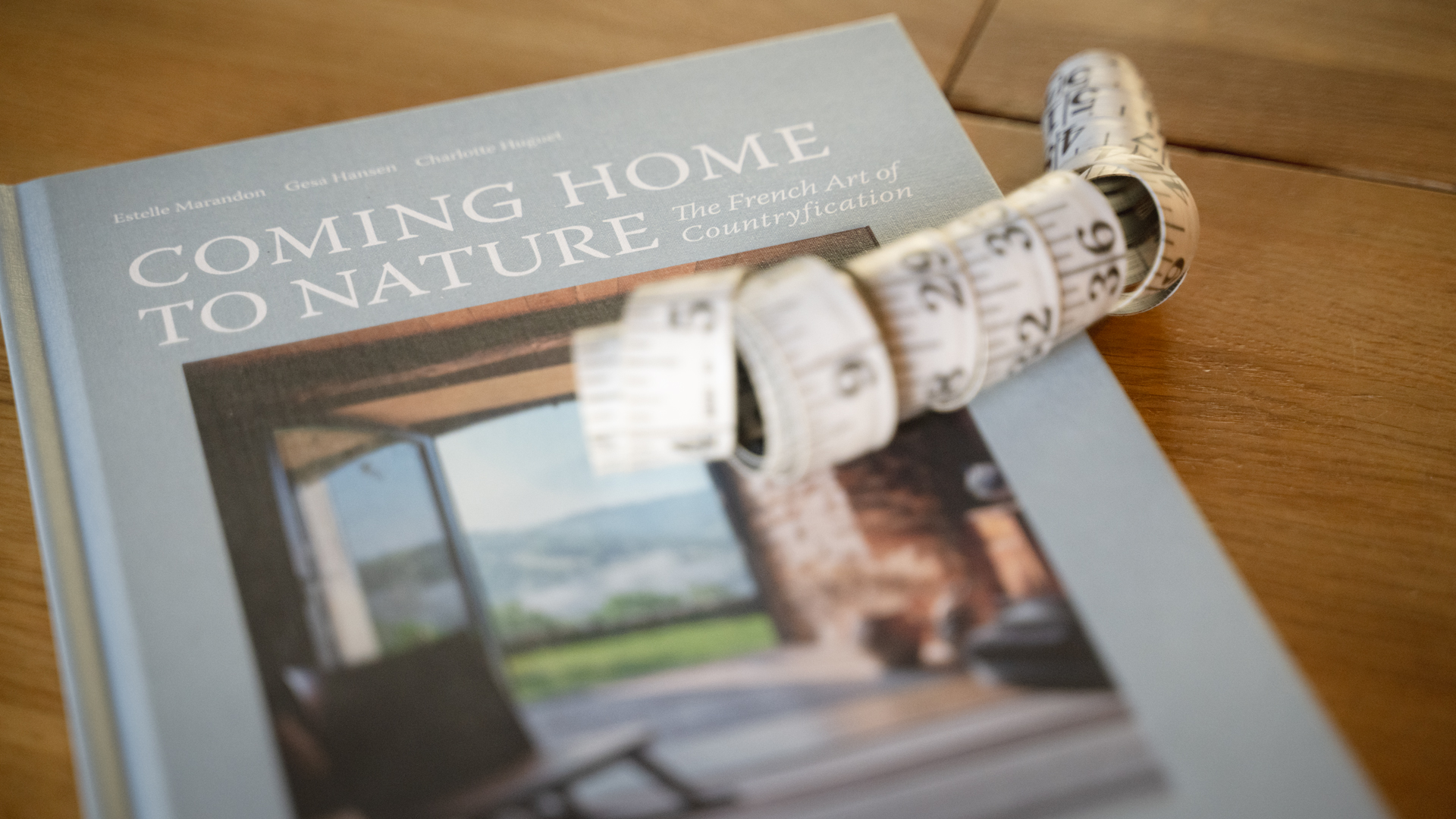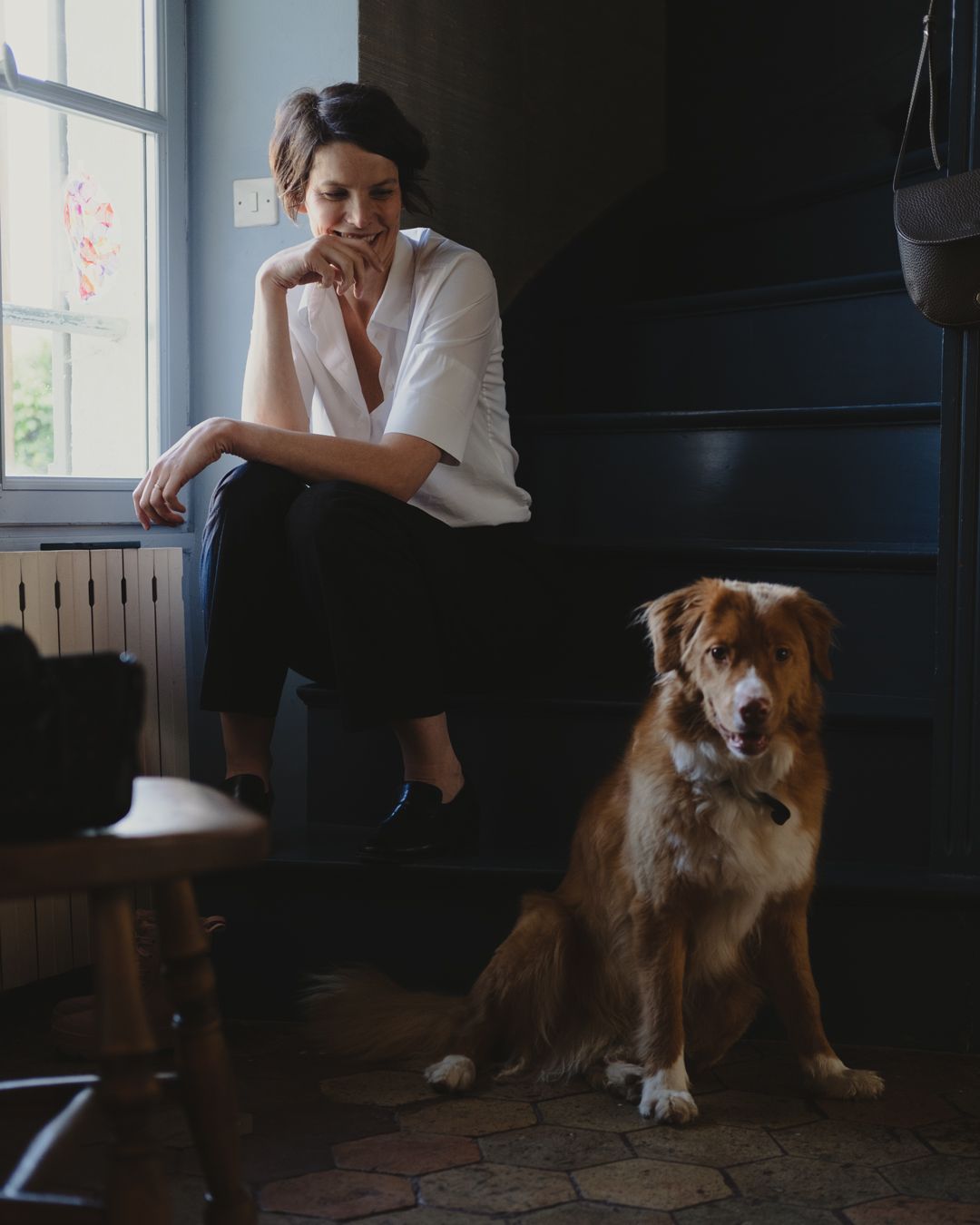Episode
Gesa Hansen // Design and creativity
Writing and Drawing Jogs My Intuition
There is probably not a single place in Gesa Hansen’s vicinity without a notebook lying around, waiting to be filled with her countless ideas. The globally sought-after furniture and interior designer talks about her obsession with nice pens and good paper
Gesa Hansen, what do you put on paper?
Just about everything. I don’t work with 3D programs and I draw all my designs by hand, so in that way I’m an old-school designer. Luckily I have employees who know exactly what I want, and know how to digitise and transform my ideas into 3D.
You never work on a laptop?
I avoid it whenever possible. I’m not especially fond of writing on a keyboard.
Do you think in words or images?
Definitely in images. If I need to buy toothbrushes, I tend to draw a picture of them rather than write the word. I think it’s striking that the designers in my family – me, my dad and my uncle – have a more graphic handwriting style, with a lot of vertical and horizontal lines, whereas, for example, my grandmother wrote in big, sweeping loops.
What does your handwriting look like?
My handwriting definitely mirrors the clarity of the forms I prefer.
What sort of impact does writing and drawing by hand have on your creativity?
Pen and paper jog my intuition. The drawing process is me communicating with myself. As I put my ideas down on paper, they change. And as I observe the way they change, new ideas pop into my head – like a sort of ping-pong match. I have books and books full of design sketches that will never see the light of day, but the drawing process helps me to develop and give shape to my ideas.
If I have to buy a toothbrush, I’d rather sketch it than write it down.”
Do you keep all your notes?
Every once in a while I get rid of some sketchbooks when there are simply too many of them. At the moment, I have eleven books at my workplace alone. However, it’s another story when I lose one or leave one somewhere. Then I sometimes mourn it for a week.
Why do you use so many notebooks at the same time?
Because I always need one, but often forget to put it in my bag. So I frequently buy new ones. And when I go on trips my sketchbooks are my companions. I don’t like eating in restaurants by myself, but I often have to do it when I’m travelling. So it helps me to have my book on the table and be drawing at the same time. The book gives me privacy, protects me from other people’s looks and lets me forget about the rest of the world. In that moment I am having a conversation with my thoughts and ideas.
How do you organise your thoughts: moodboards, lists, mindmaps?
(Laughs) Unfortunately I don’t have a system. And even though I always tell myself I’m going to devote a book to just one project, I can’t even manage to do that. I’m often quite disciplined on the first few pages, but then another project comes along and my resolution goes down the drain. Actually, the books are witnesses of my daily routine.
Do you have any writing rituals?
My most important ritual is writing down and sketching out my ideas at night. I often wake up at night with an idea that won’t let me go until I’ve got it down on paper. That’s why there is always a sketchbook on my bedside table.
Do you write any texts that have nothing to do with your work as a designer?
Not so much texts, but I do like writing little messages, invitations and thank-yous on cards and mailing them in beautiful Japanese envelopes that you close with a string.
Do you use a certain type of pen?
Yes, I use a Muji 0.5 and a fountain pen by the Japanese brand Kaweco for my cards and invitations.
Speaking of Japan, you also studied in Nagoya. Did you study calligraphy there?
Yes, at the beginning, but only briefly. I didn’t have the patience. Then as an industrial designer I dealt with Japanese washi paper in depth: I visited production sites and collected a variety of paper samples.
The process of drawing is communication with myself. As I put ideas on paper, new ones emerge – a kind of ping-pong.”
Are you frugal or wasteful with the paper you use?
I’m wasteful. Since not all my ideas are good, I never draw two on the same sheet of paper. I don’t want to see a bad idea next to a good one.
Is there one note that is particularly meaningful to you, that you guard like a treasure?
Yes, two actually: a signature by Thomas Mann whom I really adore. A friend bought it for me at an auction as a graduation present. And a paper napkin with a fashion drawing on it by Jean-Charles de Castelbajac that he left at my husband Charles Compagnon’s restaurant. It’s framed above my desk.
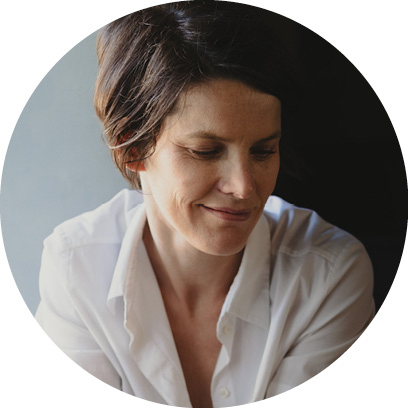
Gesa Hansen
The German-Danish furniture and interior designer Gesa Hansen studied at Bauhaus University and in Nagoya, Japan. After working for Jean Nouvel in Paris for some time, she launched her own collection, “The Hansen Family,” in 2009. She and her family recently relocated to bucolic Courances, roughly 30 miles from Paris.
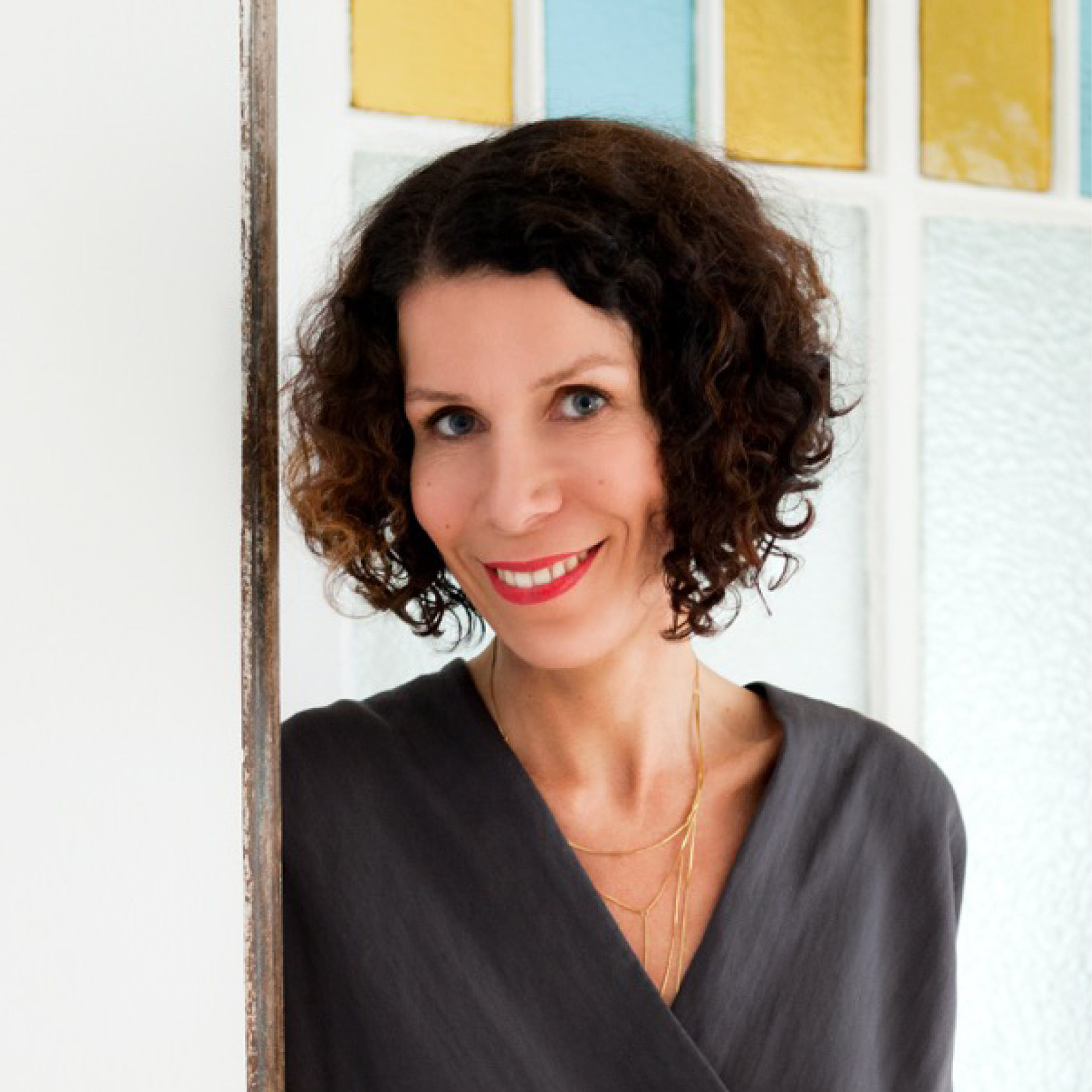
Author Ilona Marx
Ilona Marx is a freelance writer. She is the co-founder of the fashion trade magazine J'N'C, which she oversaw as editor-in-chief for two decades. For the past three years, she has been a contributing editor on the team of Konfekt magazine from Monocle, based in London and Zurich. Her main topics are design, architecture, fashion, gastronomy, art and travel. Her other clients include Wallpaper, The Weekender, Vogue, the Neue Zürcher Zeitung, Salon and Architektur & Wohnen. Ilona Marx lives in Düsseldorf with her husband.

